Few ingredients capture the imagination of home chefs and seasoned bakers like puff pastry. This versatile, buttery dough is celebrated for its light, flaky layers that practically melt in your mouth. Whether you’re crafting savory tarts, delicate appetizers, or indulgent desserts, puff pastry has the remarkable ability to transform a simple recipe into a masterpiece. But amid all its glory, one question consistently puzzles bakers: Should I bake puff pastry before filling it?
The answer to this question can make all the difference between a perfectly crisp pastry and a soggy disappointment. The preparation technique you choose hinges on factors like the type of filling, desired texture, and the overall baking time required. In this article, we’ll delve deep into the art of baking puff pastry. You’ll discover when to pre-bake, when to skip it, and how to avoid common pitfalls. Plus, we’ll share expert tips to ensure your puff pastry creations are picture-perfect every time.
What Is Puff Pastry?
Puff pastry, also known as pâte feuilletée, is a delicate and versatile dough made of multiple layers of butter and dough that puff up when baked. Its roots trace back to French cuisine, though similar versions have been enjoyed worldwide for centuries. What makes puff pastry so special is its unique lamination process, where alternating layers of dough and butter create an airy, flaky texture.
The hallmark of puff pastry is its versatility. It can be used for both savory and sweet dishes, ranging from crispy appetizers and pies to decadent pastries like mille-feuille and cream puffs. Achieving the perfect puff, however, requires careful attention to technique—especially when deciding whether to bake it before adding your filling.
Understanding Baking Techniques for Puff Pastry
The way you bake puff pastry has a significant impact on its texture, flavor, and ability to support the filling. Let’s take a closer look at the three main techniques and their unique advantages:
Blind Baking
Blind baking is a method where puff pastry is partially or fully baked before any filling is added. This approach is ideal for recipes with wet or liquid fillings—think quiches, custards, or pies with juicy fruits. Pre-baking ensures the base is fully cooked and maintains its crispness. To prevent puffing or uneven cooking, bakers often line the pastry with parchment paper and add pie weights or dried beans.
Blind baking is especially useful when the filling requires minimal cooking time or if you’re adding a no-bake filling like whipped cream or fruit. For instance, in dishes like fresh fruit tarts, a crisp, pre-baked shell serves as the perfect canvas for cold ingredients.
Fully Baking
In some recipes, puff pastry is completely baked before any filling is introduced. Fully baking is common for dishes like Napoleons, cream horns, or pastry shells for chilled desserts. This method ensures the pastry reaches its full golden-brown glory without interference from the filling.
Once cooled, the pastry can be carefully layered with creams, jams, or custards. The separation between baking and filling allows you to focus on achieving both the perfect pastry texture and the ideal consistency for your filling.
Baking with Filling
For many recipes, baking puff pastry and filling it together is the most practical option. This works best with savory dishes like meat pies, turnovers, or vegetable puffs, where the filling releases steam that helps the pastry puff up. The key is to use fillings with a balanced moisture content and baking time to avoid undercooking the pastry or overcooking the filling.
For example, a classic apple turnover relies on the steam from the fruit filling to enhance the puff pastry’s layers while locking in flavor. Similarly, savory fillings like spinach and cheese benefit from baking together to create a harmonious blend of textures.
Why Consider Pre-Baking Puff Pastry?
Pre-baking, or “blind baking,” is a technique often used in recipes where a soggy bottom is undesirable. Here’s why you might consider pre-baking your puff pastry:
- Ensures a Crispy Base: Pre-baking helps the bottom layer of the pastry set and crisp up, especially when the filling is moist or takes a long time to cook.
- Prevents Undercooking: When the filling has a shorter cooking time than the pastry, pre-baking ensures that the pastry is fully baked by the time the dish is done.
- Avoids Shrinkage: Blind baking can prevent the dough from shrinking, giving your pastry a uniform shape.
However, pre-baking isn’t always necessary, as some recipes benefit from baking the pastry and filling simultaneously. The choice largely depends on the type of filling and your desired final texture.
Filling Types and Their Role
The type of filling you use plays a pivotal role in determining whether to pre-bake puff pastry. Let’s break it down:
- Wet Fillings: Custards, fruit compotes, or creamy savory mixtures can release moisture during baking. Pre-baking is often recommended to avoid sogginess.
- Dry Fillings: Ingredients like cheese, meats, or vegetables that don’t exude much liquid can often be baked with the pastry from the start.
- No-Bake Fillings: For cold dishes like fruit tarts or whipped cream desserts, the puff pastry must be fully baked beforehand and cooled before adding the filling.
The interaction between the filling and the pastry is key to achieving the perfect balance of texture and flavor.
Should I Bake Puff Pastry Before Filling It?
The answer to this question depends on the specific recipe you’re working with. Here are some common scenarios to consider:
- Yes, Bake Before Filling:
If the filling is wet or needs minimal cooking (like custards or fresh fruits), pre-baking the pastry ensures a firm, crispy base that can hold the filling without becoming soggy. - No, Don’t Bake Before Filling:
For dishes like meat pies, turnovers, or strudels, where the filling and pastry bake together, pre-baking isn’t necessary. The steam from the filling can help the layers puff up beautifully.
Ultimately, the decision hinges on balancing the pastry’s cooking time with the filling’s moisture content and temperature needs.
Sweet Fillings: When to Pre-Bake?
Sweet recipes often benefit from pre-baking, especially those involving custards, fruits, or whipped toppings. Here are some examples:
- Tarts with Custard Fillings: Pre-baking prevents the bottom layer from turning soggy due to the liquid-heavy filling. Examples include lemon tarts or chocolate ganache tarts.
- Fresh Fruit Desserts: Fully bake the pastry before adding chilled fruits and glazes for a vibrant presentation.
- Pastries with Jam or Preserves: These fillings can bake with the pastry, as they are less likely to seep into the layers.
Pre-baking sweet dishes not only ensures the right texture but also creates a perfect base for artistic decoration, Nutella pastry puff recipe
Savory Fillings: Pre-Bake or Not?
Savory recipes offer more flexibility, depending on the filling type:
- Quiches: Always pre-bake the pastry to prevent the liquid egg mixture from making it soggy.
- Meat or Vegetable Pies: These can usually be baked with the filling since the moisture helps the pastry puff.
- Savory Tarts: Pre-baking is recommended for fillings like roasted vegetables or ricotta mixtures to keep the base crisp.
Considering the filling’s cooking time and moisture content will help you decide the best approach for savory dishes.
Common Mistakes with Puff Pastry
Even experienced bakers can stumble when working with puff pastry. Here are common pitfalls to avoid:
- Skipping Pre-Baking When Needed: This often leads to soggy or undercooked bases, especially for wet fillings.
- Overloading with Filling: Too much filling can weigh down the pastry, preventing it from puffing properly.
- Baking at the Wrong Temperature: Puff pastry requires high heat (around 375–400°F or 190–200°C) to achieve maximum lift.
- Not Chilling the Dough: Warm dough can lose its lamination, resulting in flat, dense pastry.
By avoiding these mistakes, you can ensure that your puff pastry dishes come out perfect every time.
Pro Tips for Perfect Puff Pastry
Achieving puff pastry perfection requires more than just following a recipe. Here are some expert tips to elevate your baking game:
- Always Keep It Cool: Puff pastry performs best when it’s cold. Chill the dough before rolling it out, and if it starts to soften, pop it back in the refrigerator.
- Handle with Care: Overhandling the dough can disrupt the delicate butter layers, so work quickly and gently.
- Use Sharp Tools: A sharp knife or cutter ensures clean edges, allowing the pastry to puff evenly.
- Dock for Control: For flat pastries like tart bases, lightly prick the surface with a fork to prevent excessive puffing.
- Egg Wash for Shine: Brushing the surface with an egg wash before baking gives the pastry a beautiful golden hue.
Incorporating these tips into your baking routine will help you unlock the full potential of puff pastry, whether you’re pre-baking or not, Is Nutella bakeable?
Nutritional Content
Here’s a breakdown of the nutritional content of puff pastry per 100 grams:
| Nutrient | Amount |
|---|---|
| Calories | 551 kcal |
| Total Fat | 35 g |
| Saturated Fat | 20 g |
| Cholesterol | 90 mg |
| Sodium | 300 mg |
| Total Carbohydrates | 45 g |
| Dietary Fiber | 2 g |
| Sugars | 1 g |
| Protein | 6 g |
This information can help you plan your recipes, especially if you’re mindful of dietary needs.
FAQs
Do you need to cook puff pastry before adding filling?
It truly depends on the type of filling you’re working with! If your filling is wet or liquid-based—like custards, fruit compotes, or quiche mixtures—pre-baking is your best friend. This ensures the base stays crisp and holds up against the moisture. No one wants a soggy bottom, right? To blind bake, line the pastry with parchment paper, toss in some pie weights (or dried beans if you don’t have those), and bake until it’s just golden.
For drier fillings, such as cooked vegetables, meats, or cheese, you can skip the pre-baking step and bake the pastry and filling together. The moisture from these fillings helps the pastry puff beautifully, and the layers bake evenly.
Can you fill puff pastry after baking?
Absolutely! In fact, this is one of the easiest and most foolproof ways to use puff pastry. Bake the pastry shells or sheets fully until they’re golden brown and flaky, then let them cool. Once cool, you can fill them with just about anything—fresh fruits and whipped cream for a stunning tart, custards or mousse for dessert, or savory mixtures like chicken salad for appetizers.
This method ensures your pastry stays crisp and delicious, especially for fillings that don’t require additional cooking. It’s a great technique for making desserts like mille-feuille or éclairs look and taste bakery-perfect.
How long should I blind bake puff pastry?
Blind baking typically takes about 10–15 minutes in an oven preheated to 375–400°F (190–200°C). You’ll want to keep an eye on the edges; they should just start to turn a light golden color. Don’t forget to line the pastry with parchment paper and use pie weights to stop it from puffing up uncontrollably.
After removing the weights, you can bake it for another 5 minutes or so if the recipe calls for a fully blind-baked shell. This extra step ensures the base is cooked through, perfect for fillings like custards or chilled desserts.
Do you put puff pastry on hot or cold filling?
Always use cool or room-temperature fillings when working with puff pastry. If your filling is too hot, it can melt the butter in the pastry layers, leaving you with a dense, greasy dough instead of that signature puffiness.
If you’re making something like a pot pie or savory tart, let the filling cool for at least 10–15 minutes before adding it to the pastry. This small step makes a huge difference, keeping the pastry light and flaky.Always use cool or room-temperature fillings when working with puff pastry. If your filling is too hot, it can melt the butter in the pastry layers, leaving you with a dense, greasy dough instead of that signature puffiness.
Can puff pastry be used without baking?
Not at all! Puff pastry must always be baked to achieve its signature flaky texture. The magic of puff pastry lies in the butter layers melting and steaming during the baking process, which creates those airy, crisp layers. Even if you’re using it as a topping, like for a pot pie, it needs to go into the oven to puff and brown properly.
Raw puff pastry will stay dense and doughy, so baking is a non-negotiable step for this kitchen hero.
Conclusion
Puff pastry is a marvel in the world of baking, offering endless possibilities for both sweet and savory dishes. The question, “Should I bake puff pastry before filling it?” hinges on the type of filling and the desired outcome. For wet or no-bake fillings, pre-baking is essential to maintain crispness and structure. On the other hand, for fillings that bake alongside the pastry, you can skip this step.
Mastering puff pastry takes practice, but with the right techniques and a bit of patience, your creations will be as delicious as they are visually stunning. Whether you’re baking for a special occasion or experimenting with everyday meals, understanding when and why to pre-bake puff pastry will ensure your dishes shine.
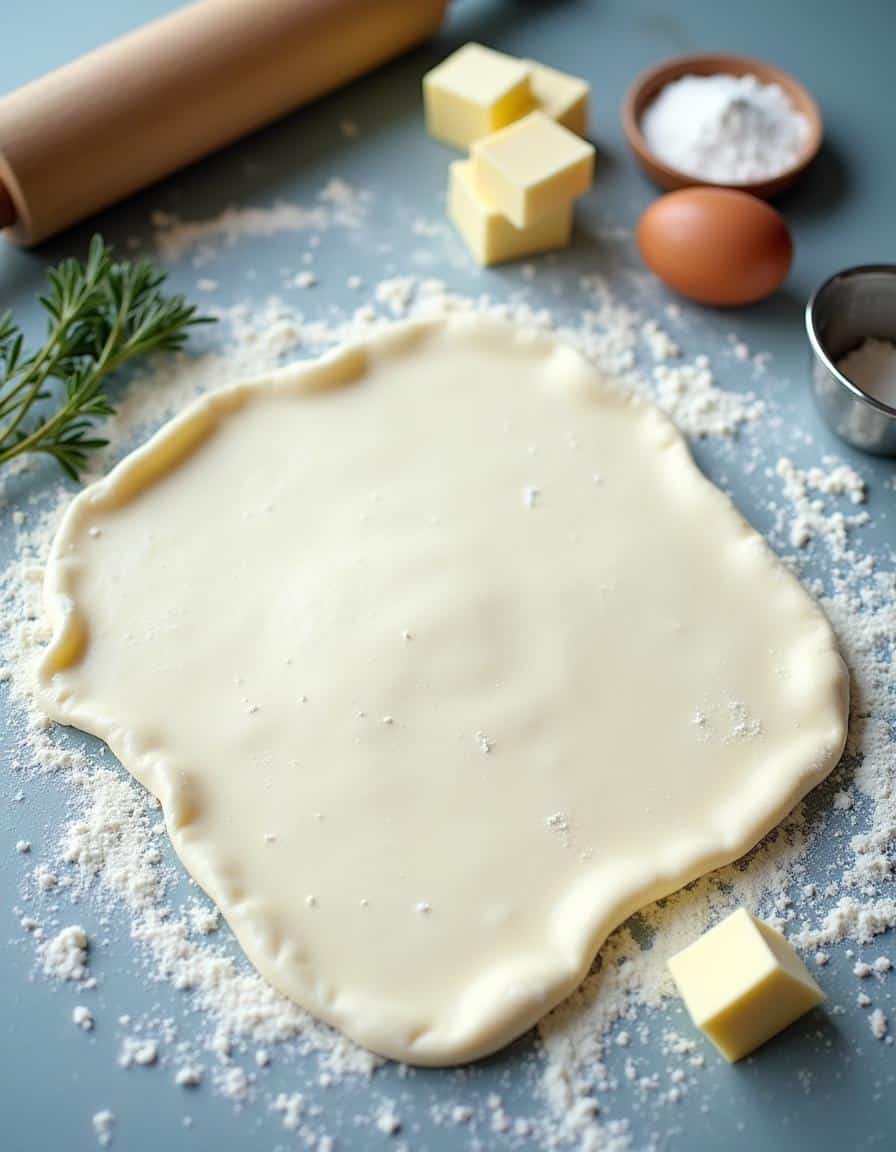
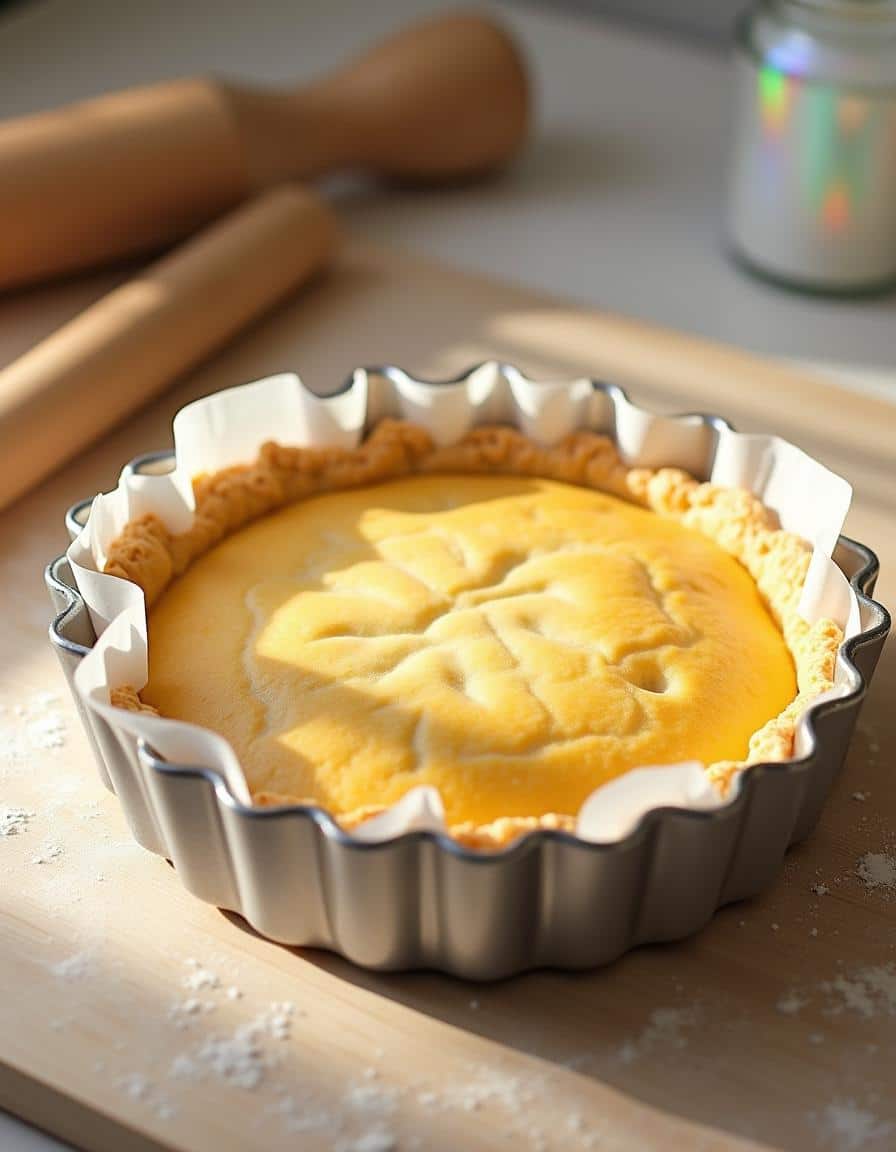
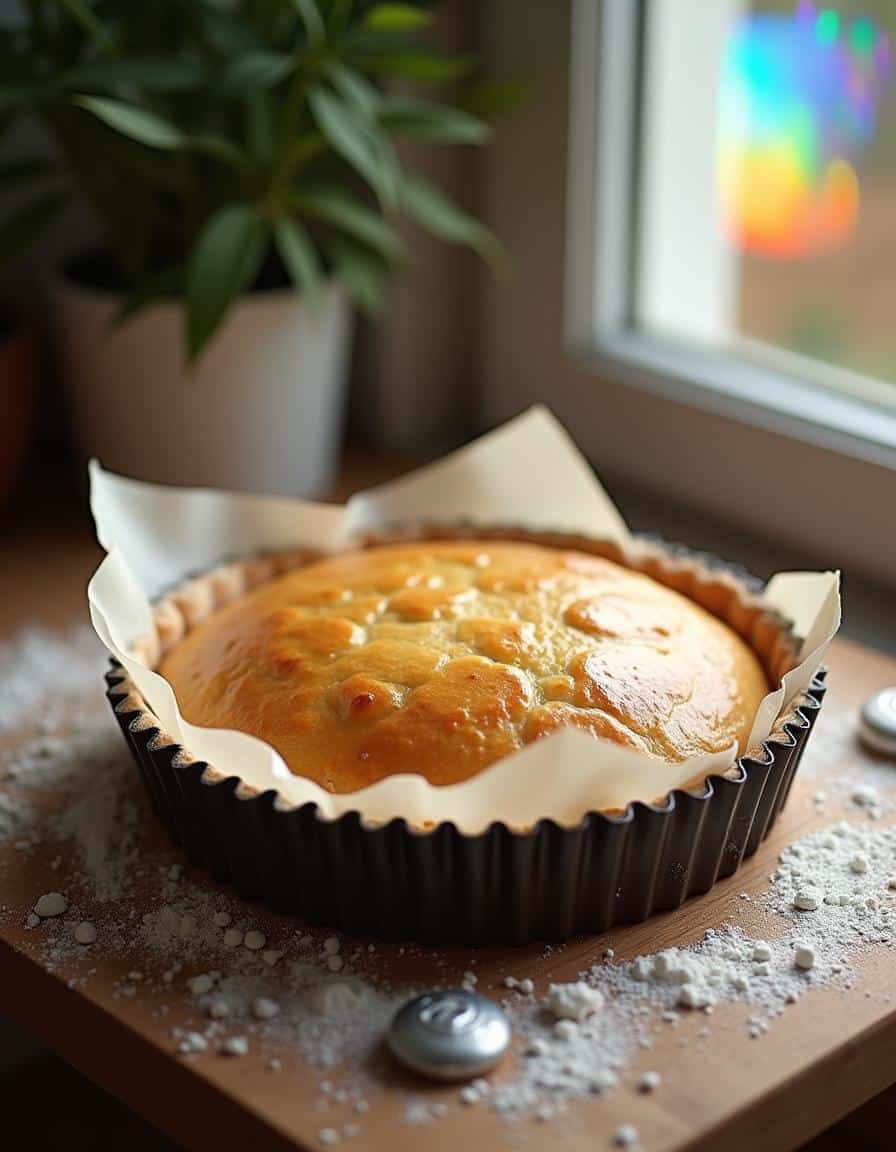
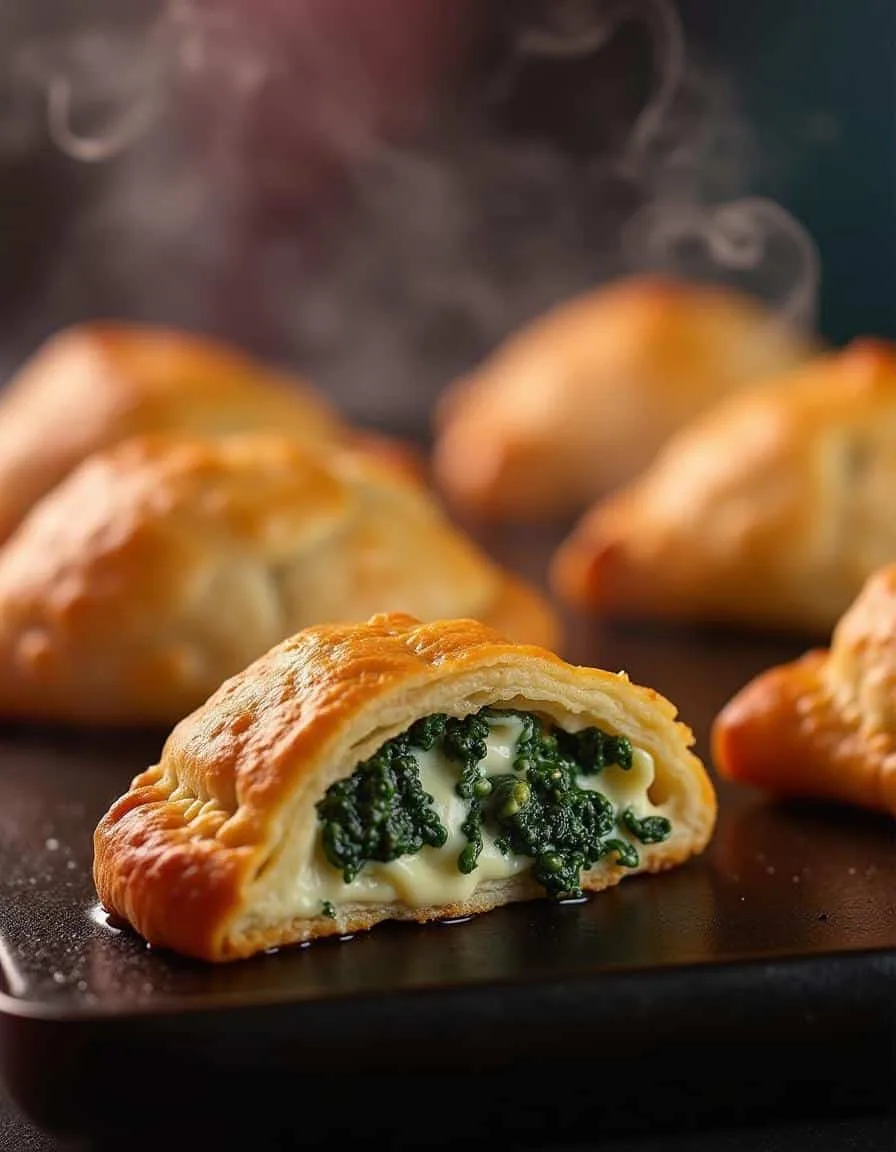
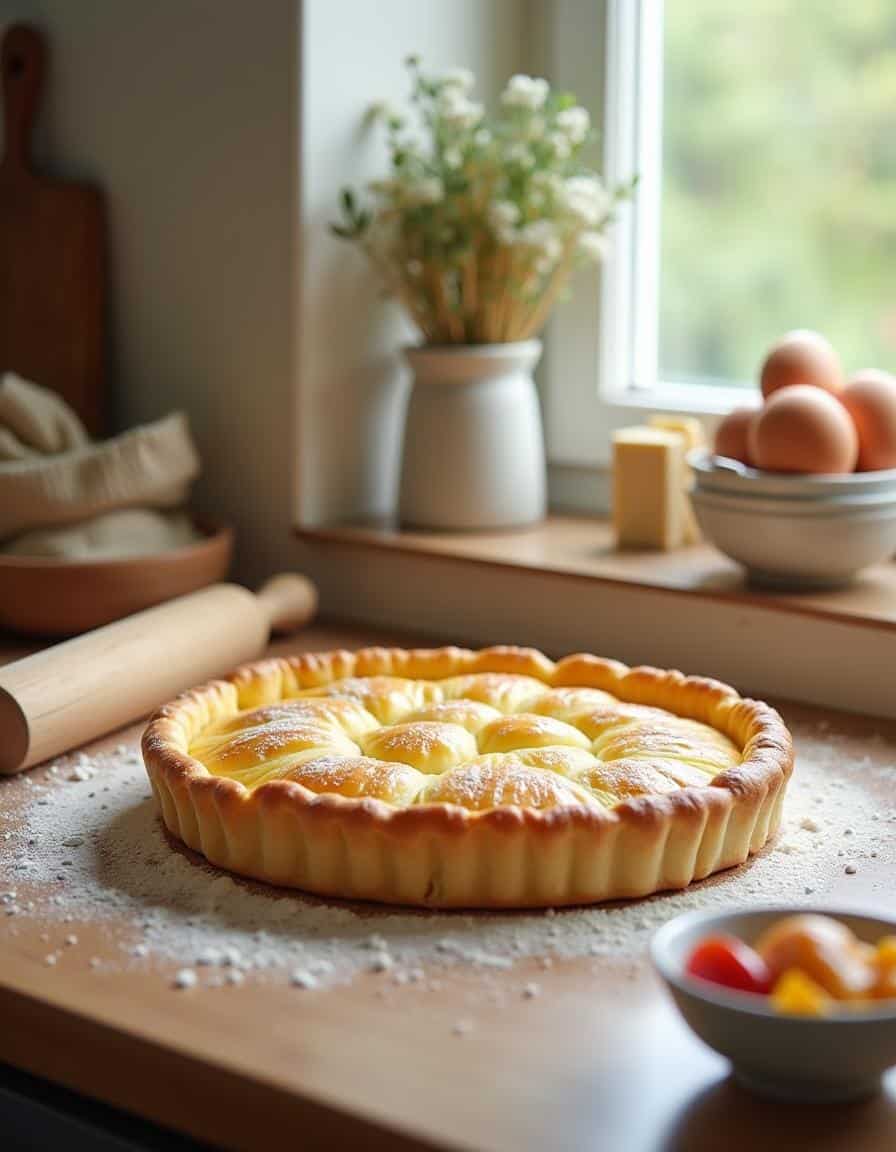
Leave a Reply